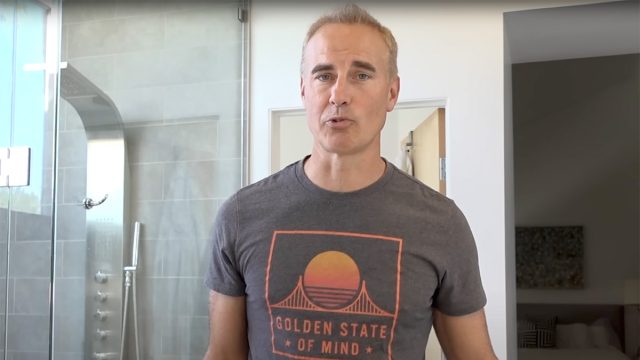I Lost 15 Pounds in 1 Month After 50 With These Simple Hacks
YouTuber Josh Post is a modern-day adventurer. "After leaving active duty as a U.S. Navy JAG attorney, I decided to follow my passion for adventure travel, motorcycle trips, sailing, filmmaking, and creative storytelling," he describes himself. "My art form is making these videos. My inspirations are people like Anthony Bourdain, Werner Herzog, and Stanley Kubrick, who had/have a great knack for storytelling and transporting viewers through their writing and filmmaking. Join me in exploring life's adventures through my frequent vlogs." Aside from the envy-inducing travel vlogs, Post also details how he lost a whopping 15 pounds in just one month through specific diet and lifestyle changes—here's exactly how he did it.
No Milk
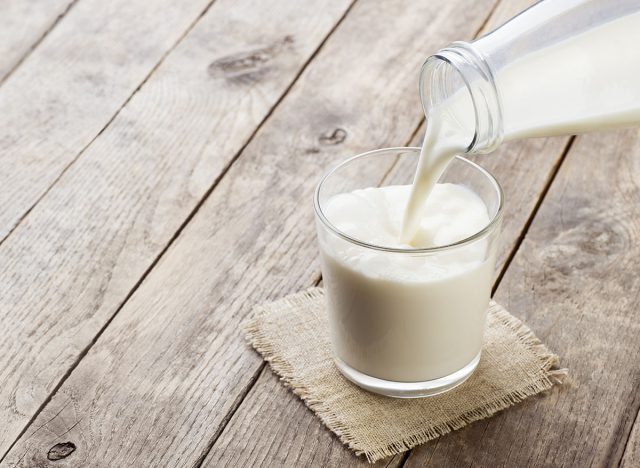
Post stopped drinking regular milk. "I would get up, and I would have a lot of milk with coffee," he says. "I would then have a bowl of cereal with a bunch of milk, and then, of course, the cereal has a bunch of sugar. So I cut that out completely, and I could tell that just by doing that, there was a huge difference."
No White Flour
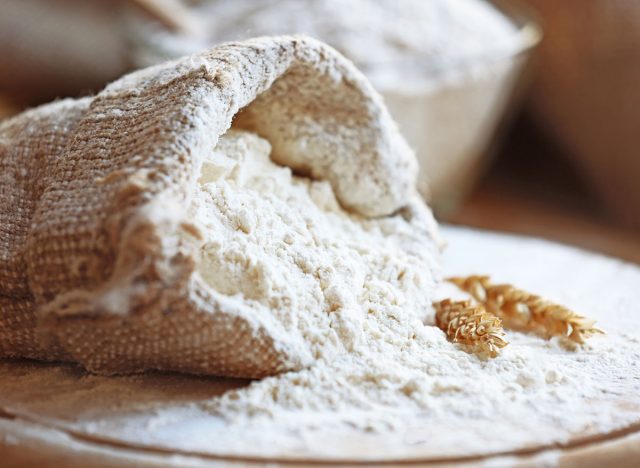
Post cut out white flour. "Then I cut out the bread and the carbs, especially the flour and the processed flour and the carbs. I had some rice, but again, I tried to really limit it. So I think by taking out a lot of the carbs, that's a huge benefit to weight loss."
No Sugar
Post eliminated sugar from his diet, shocked by the hidden sugars in "healthy" foods such as pitted dates and even organic goji berries. "Next and most critical was the sugars. It doesn't even have to be the intense sugars and things you would think of when it comes to desserts or cookies. A lot of the stuff, especially when it comes to fruits, sounds healthy until you start looking at the sugars, and it's a lot of sugar. And for me anyway, that was a lot of the cause of weight gain. So you're going to want to watch the sugars, and you're going to have to be diligent about this."
Adjusting Calories
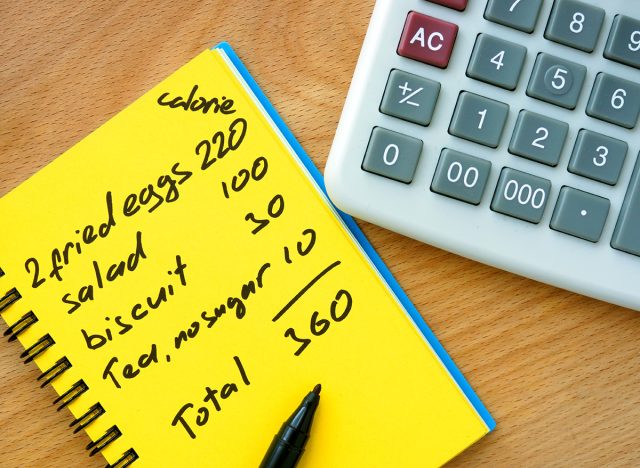
Post knows switching from eating all day to not snacking at all is an adjustment. "Don't be afraid to feel hungry throughout the day," he says. "If you're always snacking like I was every time you had a little bit of hunger throughout the day, having three or four meals plus big snacks in the middle of those meals—that's what I was doing. And it was an entirely extreme amount of calories for the day that you do not need. And I think once you start your diet, once you realize this lifestyle change, you're going to quickly realize how little food your body actually needs on a daily basis."
Well-Oiled Machine
Post started listening to signals from his body while getting into shape. "I got to the point. You start to adjust your diet, and you start to feel certain things in your body, and you realize that your body is kind of like it's a machine, a little well-oiled machine. And so you notice when you tweak things and how it's working in a certain way, whenever you feel a certain way."
Embracing Hunger
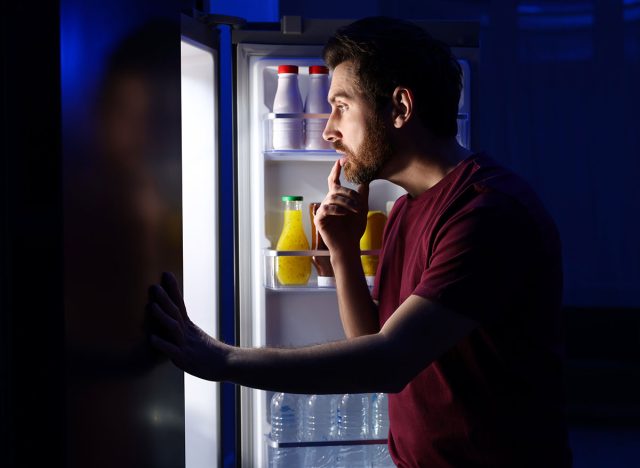
Post didn't panic when he felt hungry but simply rode the wave. "I would notice when I was feeling hungry, I would let that feeling persist, and I would feel hungry," he says. "I would have a little bit of a caloric deficit. And then, if I did eat, whenever I did eat, I would only eat a small meal, but maybe half the amount that I would typically eat in a portion, because I knew what my body needed to continue having fuel but not to overdo it. So you really start to become more in sync with these things, I think, when you start a diet regimen."
Fewer Calories
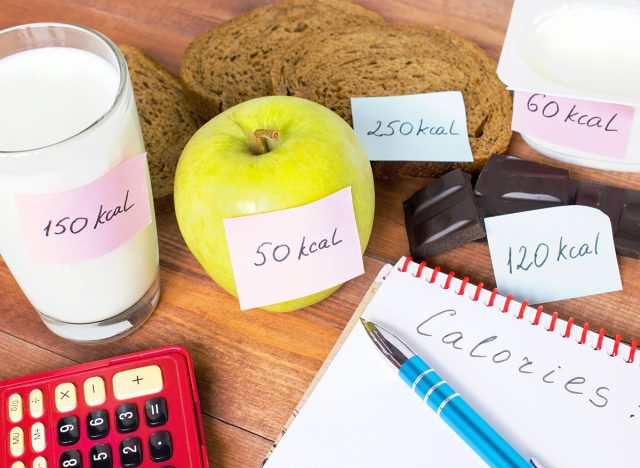
Post learned to adjust to thriving on fewer calories depending on how active he was on any given day. "It was a big help for me to know my limits, to know what I needed for my body to continue having the energy to continue whenever I did my workouts," he says. "Unlike days when I was on my road trip last week, where I had hardly any fitness for the day, I would really need very little in terms of calorie consumption."
Low-Calorie Snacks
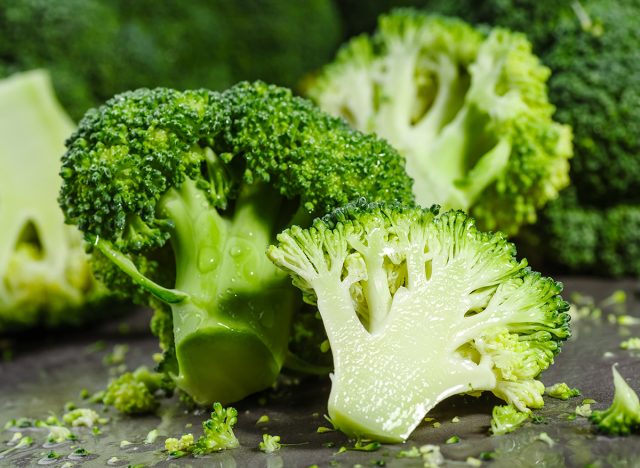
Post switched out his snacks for low-calorie vegetables. "I was snacking on things like broccoli or the bag of what they call the vegetable medley or something like broccoli, cauliflower, and carrots," he says. "That would be a snack of mine, which would be a very, very small amount of calories compared to if you snacked on a bag of potato chips or a big thing of peanuts."
RELATED: Top 15 Morning Foods You Should Eat Every Day
Portion Control
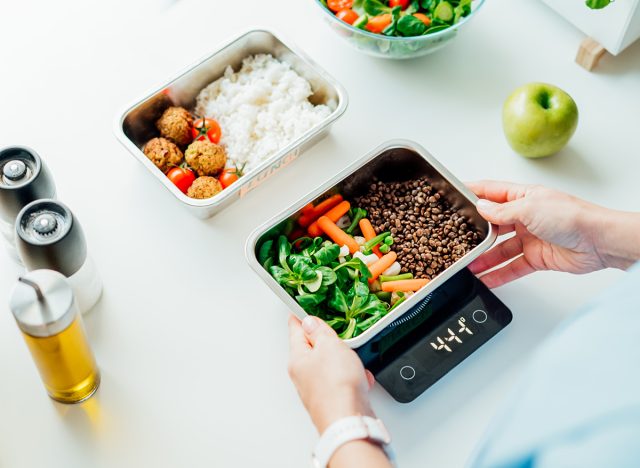
Post learned portion control through his weight loss process. "Sometimes before this diet, I would have a whole jar of peanuts that was like 2000 calories in one sitting because I never looked at the calories, never thought about it," he says. "And then I was wondering why I'm gaining all this weight. So when you're snacking all the time, you're eating excess calories, and you are having huge portions. These are common sense things that are going to cause you to gain weight. And when you take away that, and you reduce the calories, it's going to help you to lose weight."
Intermittent Fasting
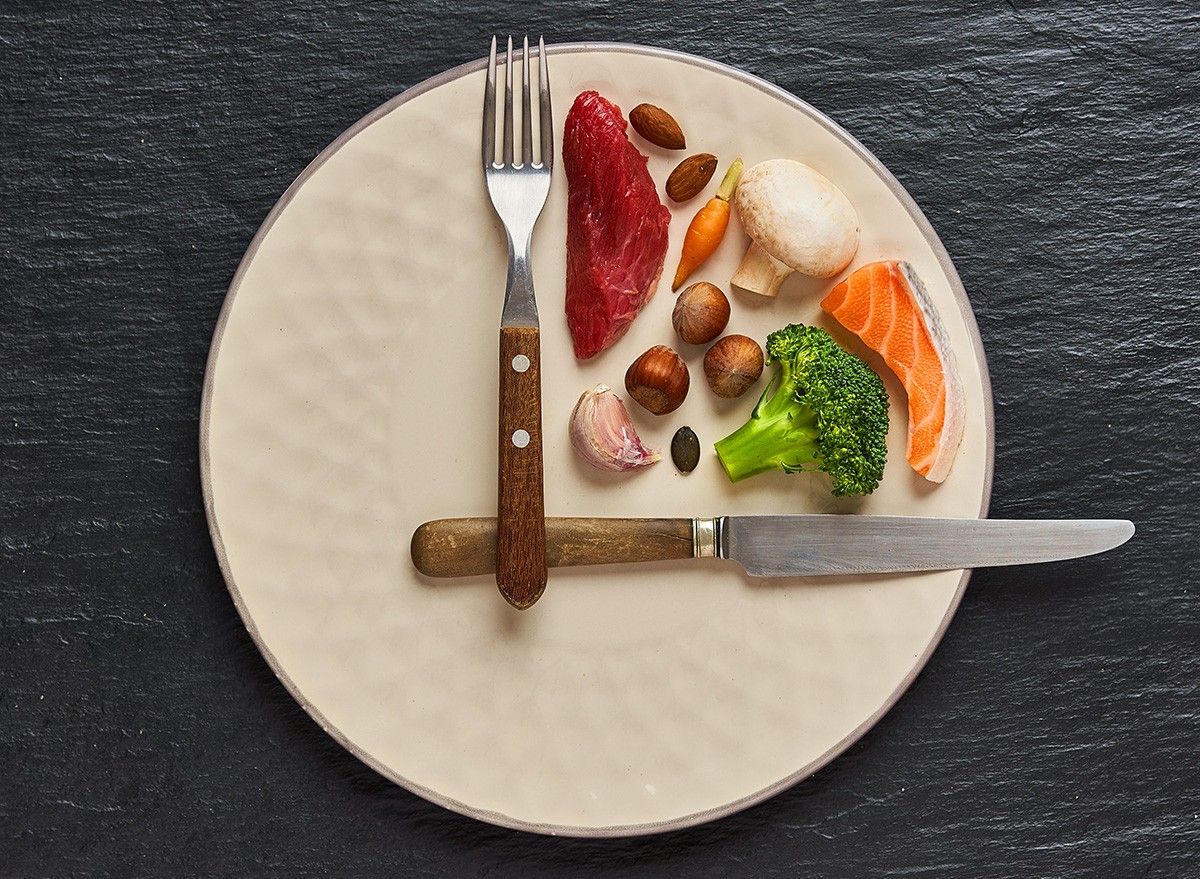
Post practiced intermittent fasting to boost weight loss. "It's not easy because you will have that feeling of hunger, but I don't think it's an unhealthy feeling," he says. "You're not starving yourself. And I do believe in intermittent fasting, which I did, and that's one thing I want to do as I continue to pick a day of the week when I can do a full day of fasting to readjust the body and get back into that mode. But I'm not going to overeat the rest of the time. I'm just going to use that as a day to get more grounded."
Typical Breakfast and Lunch
Post switched up his diet to eat plenty of healthy proteins and lots of green vegetables. "I would get up, I'd have a little bit of coffee, I would have almond milk with it," he says. "Lunchtime comes around. I would have either a pork chop or some hamburger meat in the skillet, and I would put some vegetables in it. In the beginning, I was really strict about not having any kind of rice or a side dish. But after it went on, I realized that it wasn't really long-term sustainable. So I wanted to be more realistic rather than just doing something for that month and not doing it later."
Typical Weight Loss Dinner
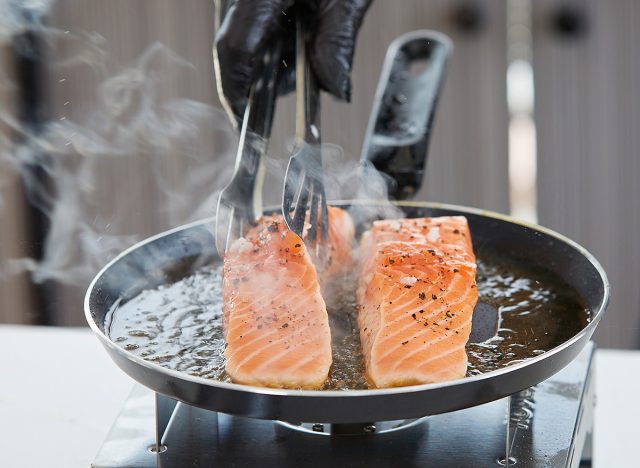
Post would typically enjoy salmon for dinner with vegetables and rice, avoiding too-starchy sides. "I would have a little bit of the rice or more of the vegetables, whether it was asparagus or broccoli or things like that," he says. "I just tried to stay completely away from bread and potatoes and things that are really intense with the carbs. Sometimes I would have some beans with the chicken or whatever if you were having something Mexican style, like some chicken beans and a little bit of rice."
RELATED: 25-Minute Walk to Burn Fat at Home
No Alcohol
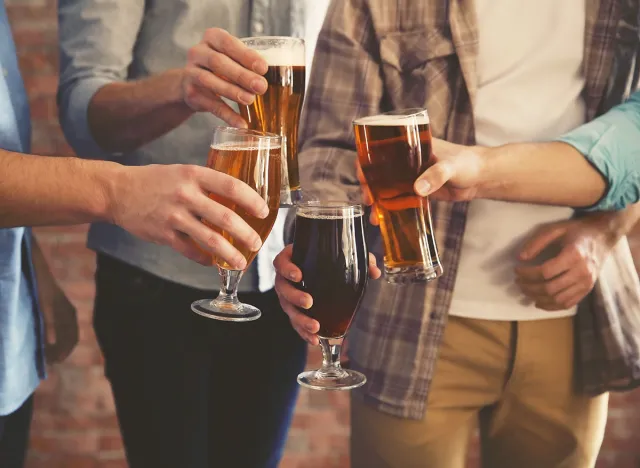
Post stopped drinking alcohol during his weight loss regimen. "Alcohol, in my opinion, resets the metabolism," he says. "And whenever I would have any alcohol, and I would try to work out the next day, I could feel that I stepped back. I took five steps back because I was out of shape more. I just wasn't feeling as fresh. And I think that alcohol does that to you. So there are certain things you do have to cut if you want to get into shape."
Fitness Routine
Post did a lot of running for fitness and weight loss. "I would time myself when I was doing circuit training, whether it was pushups, burpees, things like that," he says. "I showed you guys some of that in my earlier videos. I did a lot of different things to make it more fun because if you're not used to working out, you need to have something that's going to keep you in it. I did a bit of swimming, and I did those ring exercises, which I actually had a lot of fun with, and I'm continuing to do every couple of days. I did a lot of pushups." And if you enjoyed this article, take advantage of these 15 Quick Ways to Lose Body Fat Percentage in a Week.
